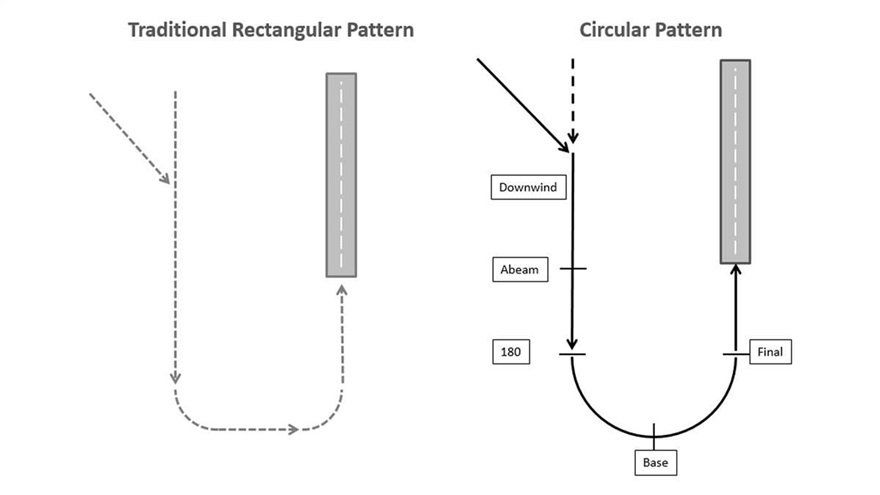
An out-of-the box approach to flying airport traffic patterns is the subject of a new study launched by the University of North Dakota. UND has partnered with the Aircraft Owners and Pilots Association’s Air Safety Institute to explore comparisons between the standard rectangular traffic pattern and an oval-shaped one the study is calling a “circular pattern.” The university’s Aerospace Education arm, which operates a flight school with more than 100 various types of aircraft including traditional Cessna trainers, will experiment with the rectangular and round traffic patterns and collect data over the next several months.”The research will consist of flight data analysis to evaluate differences between the circular pattern and the rectangular pattern,” UND said. “Although the study is in its early phases, and it’s far too soon to draw any definitive conclusions, the new procedure has already been studied and practiced by a select group of UND instructor pilots and initial data collection has been going quite well.”
The ubiquitous rectangular traffic pattern is where the largest number of low-altitude stall-spin crashes occur, as reported perennially through NTSB accident statistics. Base-to-final overshoots, uncoordinated turns in the pattern and distractions resulting in inadvertent stalls are among the top causes of low-altitude loss of control. The board has in recent years emphasized loss-of-control accidents as a top focus for GA and this week again targeted loss of control in its “Most Wanted” list for safety improvements. With circular landing approaches used in military and commercial operations, it could be time to examine alternate ways for GA aircraft to fly traffic patterns, said George Perry, senior vice president of AOPA’s Air Safety Institute. “It’s too early to say for sure if the continuous turn to final method will be a safer, more stabilized way to land. But what we do know is general aviation has been flying the rectangular pattern for decades, and based on substantial loss-of-control accident data in the landing pattern, we believe it’s time to conduct research to determine if there is a potentially safer alternative,” he said. “We should determine which is safer for general aviation, and this study will help us find the answer.”


































